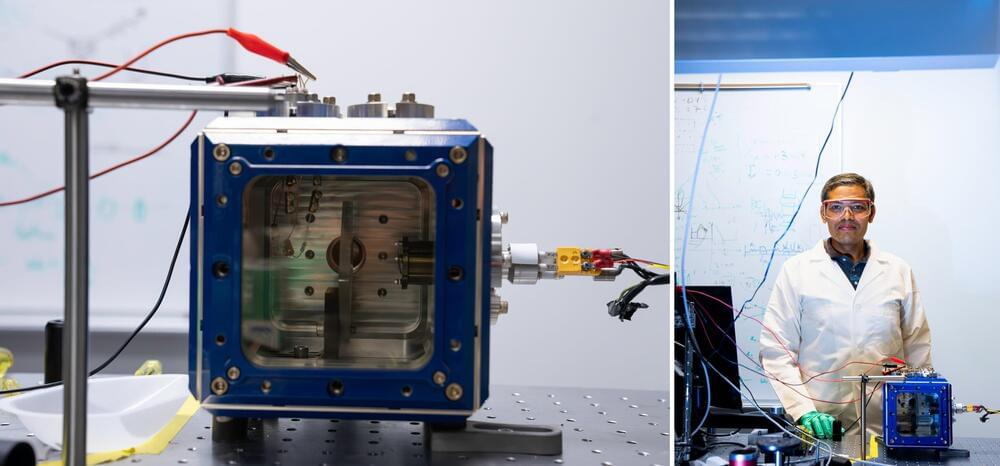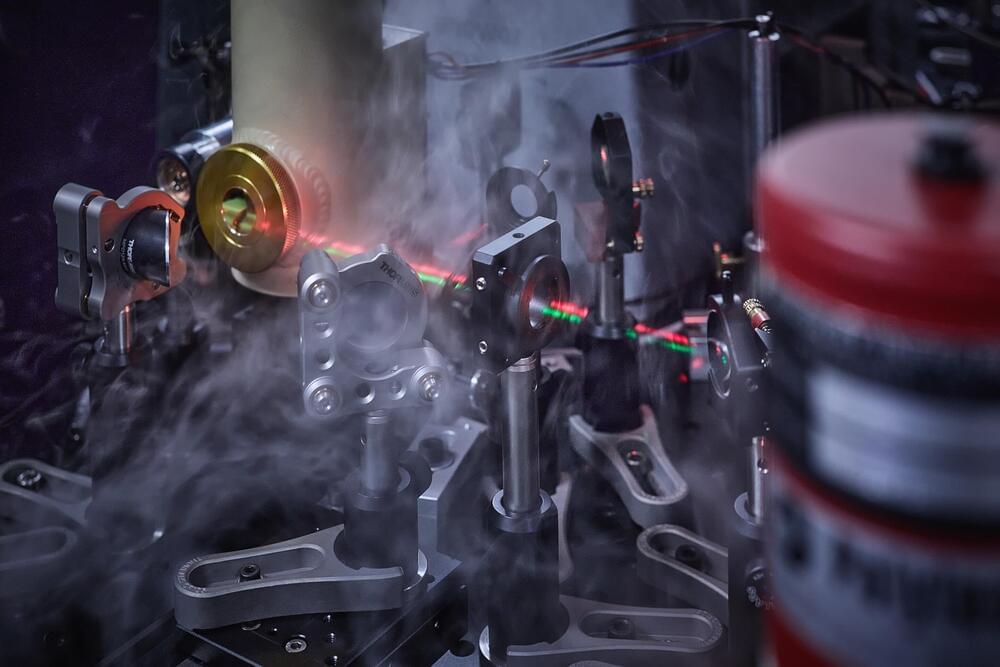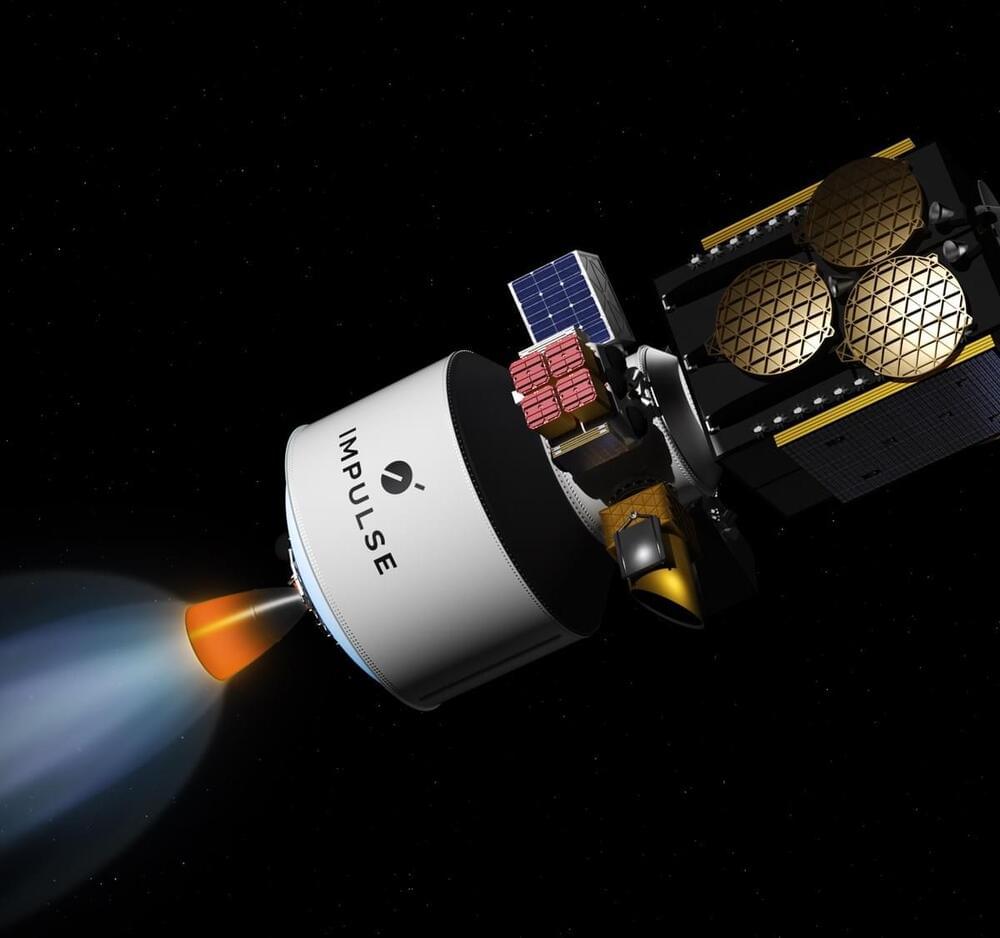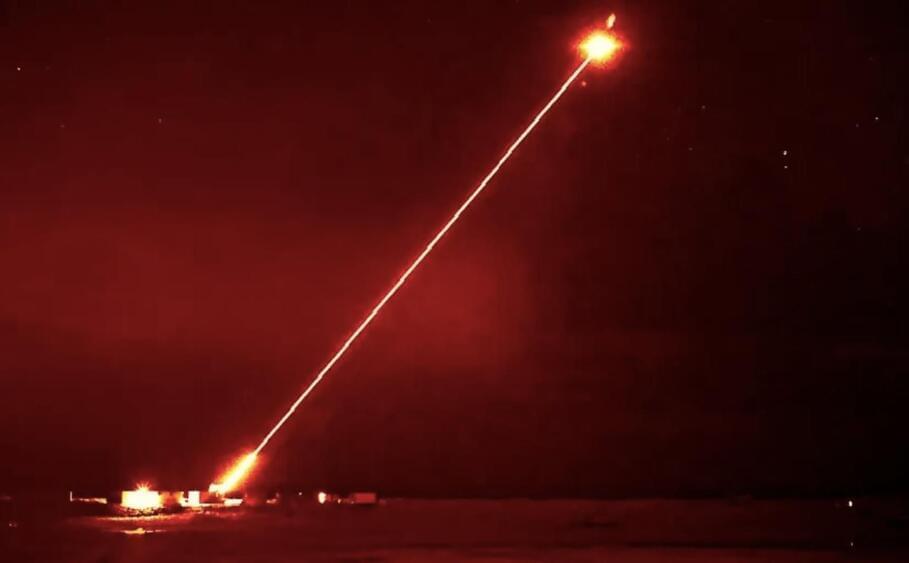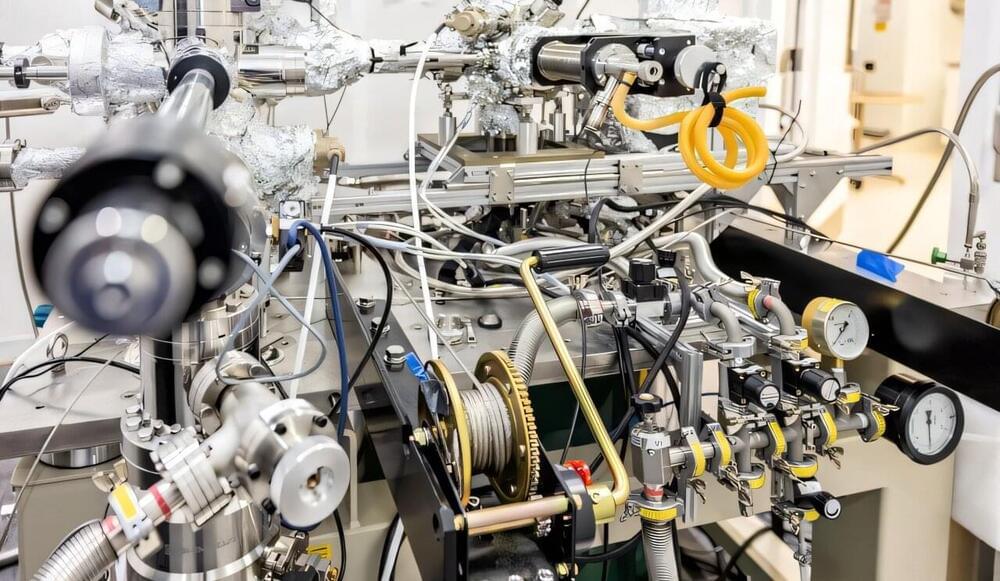Nov 22, 2024
Quantum-inspired design boosts efficiency of heat-to-electricity conversion
Posted by Saúl Morales Rodriguéz in categories: economics, energy, quantum physics, sustainability
Researchers at Rice University have found a new way to improve a key element of thermophotovoltaic (TPV) systems, which convert heat into electricity via light. Using an unconventional approach inspired by quantum physics, Rice engineer Gururaj Naik and his team have designed a thermal emitter that can deliver high efficiencies within practical design parameters.
The research could inform the development of thermal-energy electrical storage, which holds promise as an affordable, grid-scale alternative to batteries. More broadly, efficient TPV technologies could facilitate renewable energy growth—an essential component of the transition to a net-zero world. Another major benefit of better TPV systems is recouping waste heat from industrial processes, making them more sustainable. To put this in context, up to 20–50% of the heat used to transform raw materials into consumer goods ends up being wasted, costing the United States economy over $200 billion annually.
TPV systems involve two main components: photovoltaic (PV) cells that convert light into electricity and thermal emitters that turn heat into light. Both of these components have to work well in order for the system to be efficient, but efforts to optimize them have focused more on the PV cell.
